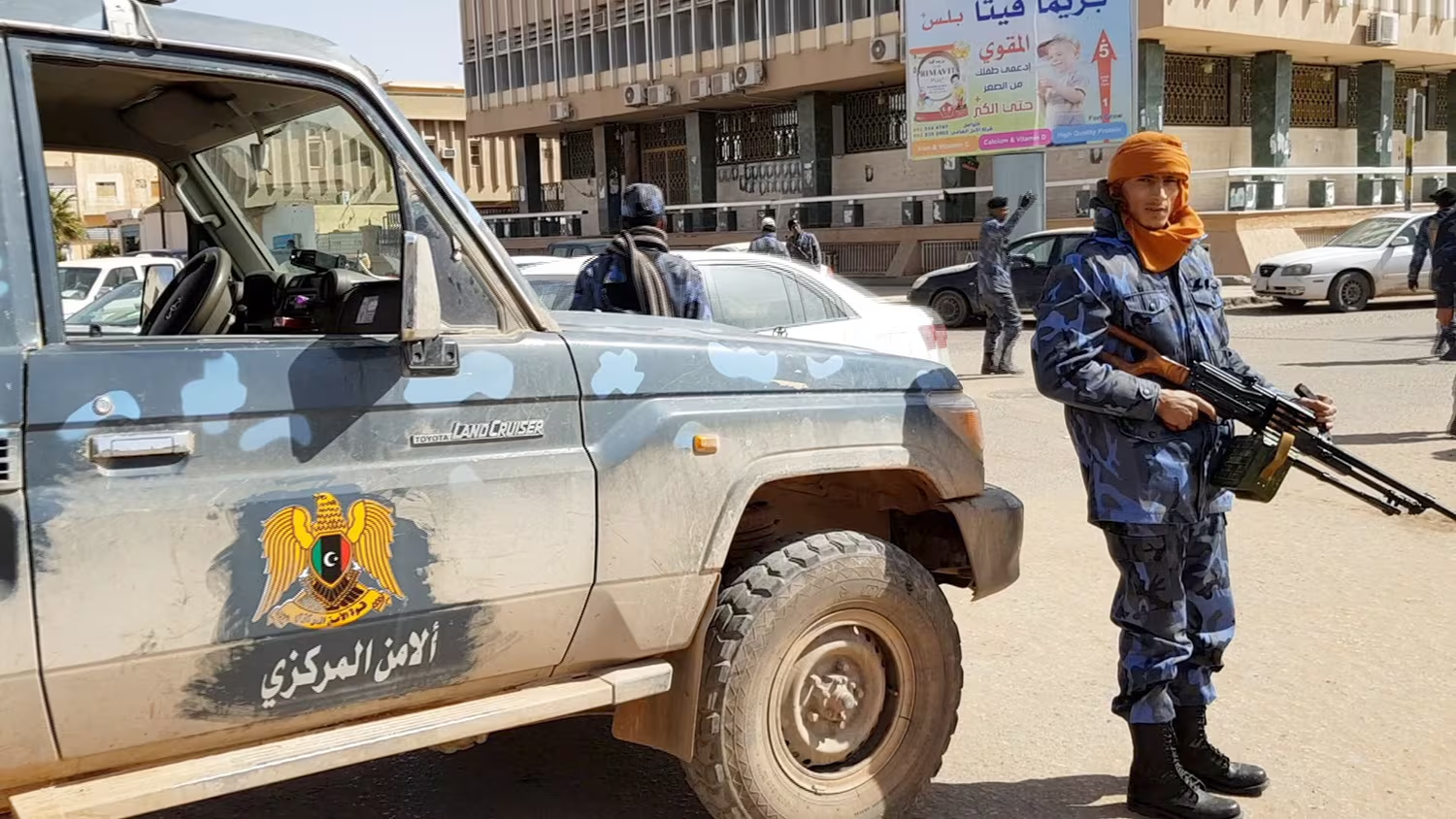An airstrike on an Islamic State element in Libya on Tuesday killed 11 jihadis, according to officials from U.S. Africa Command.
The airstrike, near Murzuq, “was conducted to eliminate ISIS terrorists and deny them the ability to conduct attacks on the Libyan people,” said U.S. Army Maj. Gen. William Gayler, AFRICOM’s director of operations, in a media release. “This effort demonstrates the resolve of the U.S. and our Libyan partners to deny safe havens to terrorists”
Officials say no civilians were injured or killed as a result of the attack, which is the second one against ISIS-L in five days after a long pause on such operations. Both were conducted in coordination with the Libyan Government of National Accord.
Last week, AFRICOM conducted its first airstrike in Libya this year in an effort to dismantle violent extremist activity in the region amid signs of increased recruitment and other activity, according to the command.
The strike, conducted Thursday, also targeted the ISIS-L faction near Murzuq and resulted in eight jihadi casualties. According to AFRICOM Commander Gen. Stephen Townsend, the strike was designed to “eliminate terrorist leaders and fighters and to disrupt terrorist activity.”
“We will not allow them to use the current conflict in Libya as protection,” Townsend said in an AFRICOM statement at the time. “Together with our Libyan partners, we will continue to deny terrorists safe haven in Libya.”
That strike came amid concerns from AFRICOM that Libya’s eight-year civil war could serve as a breeding ground for violent extremist organizations. In 2018, ISIS-Libya claimed responsibility for more than a dozen attacks against the Libyan government and oil infrastructure, the command said.
AFRICOM spokesman Air Force Col. Chris Karns told the Military Times in August that the unrest in Libya could provide “oxygen” to existing terrorist elements because the discord could provide terrorist groups opportunities to recruit and conduct basic training. A total of six airstrikes were conducted last year, and seven in 2017. The number was a significant reduction from the nearly 500 airstrikes conducted in 2016. Today, there are fewer than 300 members of ISIS-L, Karns said.
“It is important to ensure the terror elements do not use the ongoing conflict in Libya to regenerate or increase in strength,” Karns told the Military Times Friday. “There was evidence reflecting active recruitment, training, and growth.”
Karns added that the violent extremist organizations in the region “represent security wildcards” and will negatively impact the stability of the region — should threats go unaddressed.
The U.S. had a small presence of troops in Libya starting in 2011 after dictator Moammar Gadhafi was overthrown. They were there to help local forces extinguish Islamic State and al-Qaida-linked militants in Libya, who were conducting attacks and working on recruitment efforts.
But in April, U.S. forces were pulled from Libya due to heightened unrest after Field Marshal Khalifa Hifter’s Libyan National Army launched an offensive against the U.S. and United Nations-backed government in Tripoli. Hifter, a former CIA asset, was exiled during Gadhafi’s leadership, and settled in Langley, Virginia, in the 1990s. He eventually obtained U.S. citizenship before returning to Libya in 2011.
Before Hifter’s offensive on Tripoli, both the Libyan National Army and the Government of National Accord recognized by the United Nations were involved in “actively reducing” terror threats from violent extremist groups, a defense official told the Military Times.
Karns told Military Times on Wednesday that, U.S. troops have not returned to Libya since they were withdrawn in April.
Howard Altman is an award-winning editor and reporter who was previously the military reporter for the Tampa Bay Times and before that the Tampa Tribune, where he covered USCENTCOM, USSOCOM and SOF writ large among many other topics.





